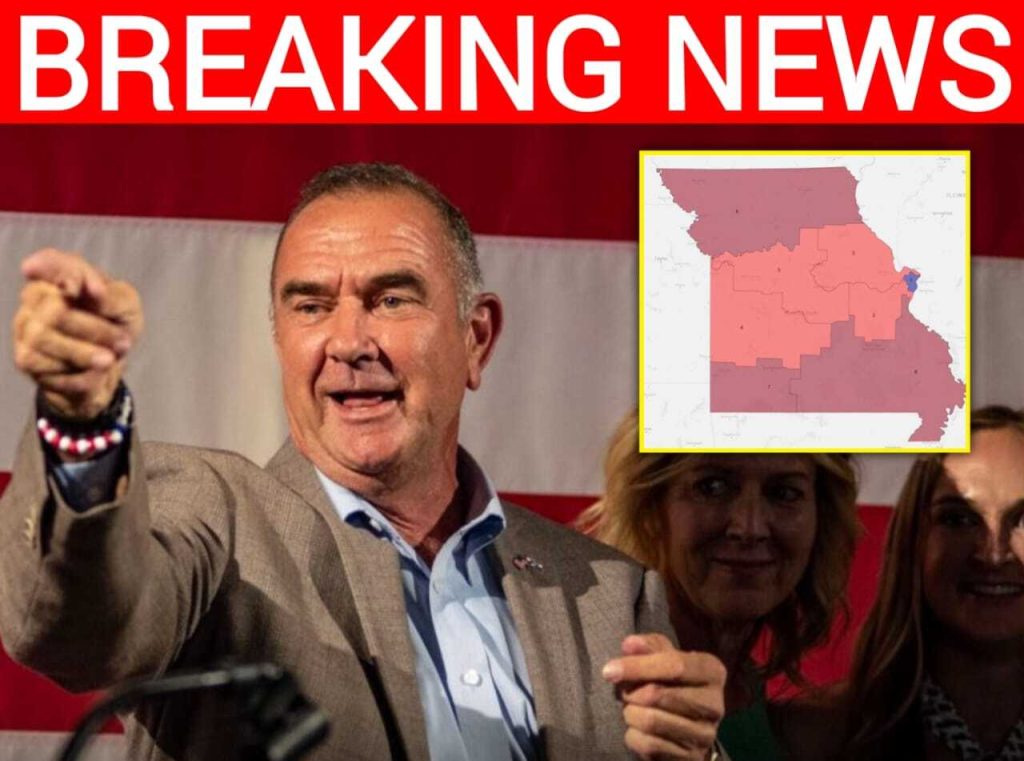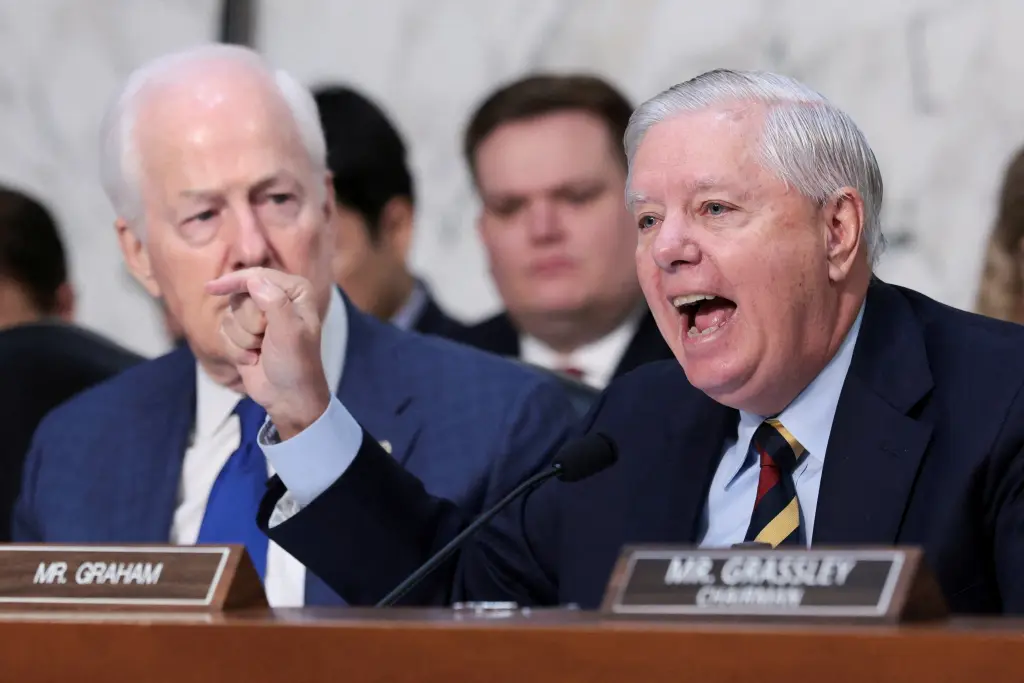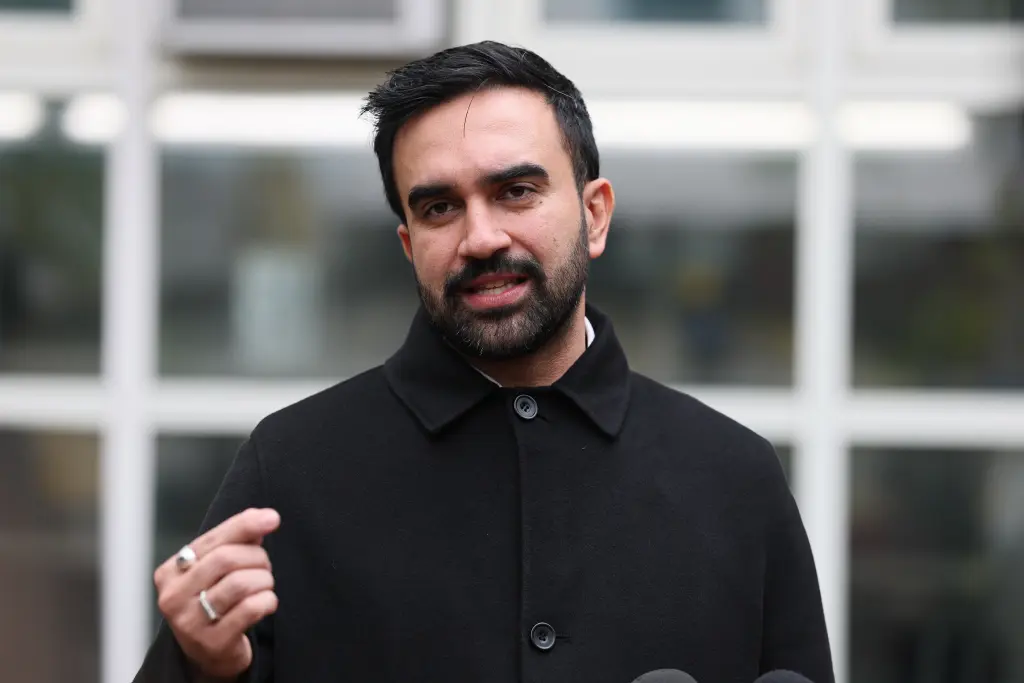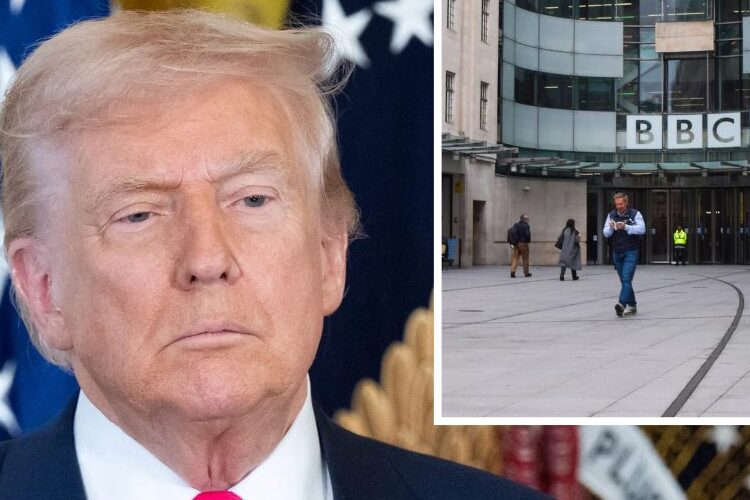Governor Mike Kehoe Signs Missouri’s New Congressional Map into Law, Slashing Democrats to a Single Seat and Setting Stage for Fierce Legal Battles
Missouri politics just took a dramatic turn, and it’s one that will echo well beyond the state’s borders. On September 28, 2025, Governor Mike Kehoe signed into law a new congressional map that reshapes the balance of power in Washington. The map, drawn by Republican lawmakers and strongly encouraged by former President Donald Trump’s push for deeper GOP gains, reduces Missouri Democrats to just one congressional seat. The heart of the change lies in the splitting of the 5th District, a traditionally Democratic stronghold, leaving the party with almost no margin in a state that once had a more balanced delegation.

The move has immediately been celebrated by Republicans as another decisive step toward expanding their majority in the U.S. House. For them, it’s about correcting what they see as years of maps tilted unfairly and ensuring Missouri reflects its conservative majority. But for Democrats and advocacy groups, the news hit hard. They see it as a textbook case of gerrymandering, directly undermining the spirit of the 2018 Clean Missouri Amendment, which was designed to prevent partisan map manipulation. Critics argue that the way the new districts carve up urban and suburban communities in the Kansas City area dilutes Democratic voters’ influence, effectively silencing the voices of thousands who have historically had representation.
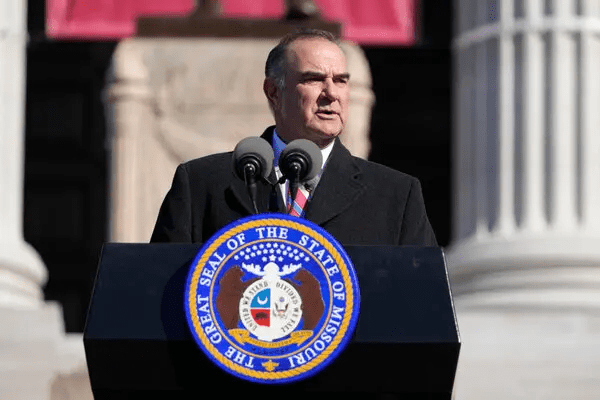
It’s not hard to imagine where this goes next. The Brennan Center for Justice has tracked cases like this before, and their 2021 report shows that mid-decade redistricting attempts often spark fierce legal challenges. In fact, since 2000, about 70 percent of similar cases have ended with courts stepping in to order revisions. Missouri could very well find itself back in the courtroom, defending lines that may not hold up under judicial scrutiny. If history repeats itself, the state could be forced to redraw again, reopening the door for Democrats to regain at least one additional seat.
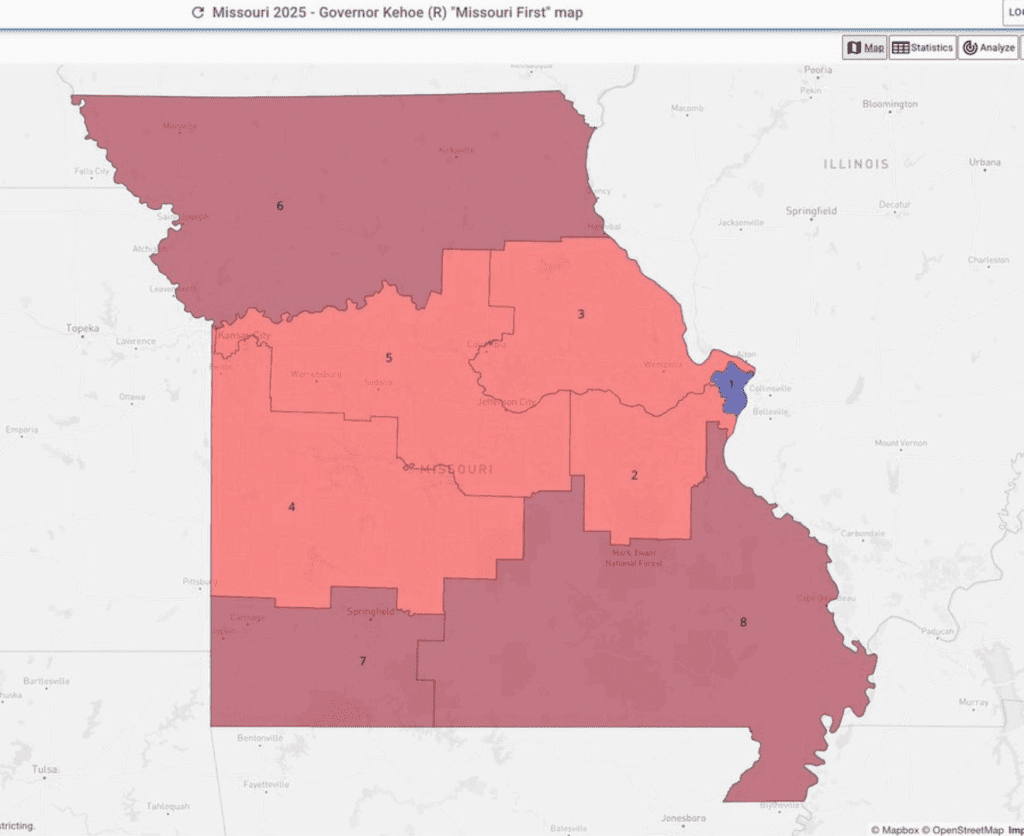
What makes this moment even more telling is how it ties into a broader national debate about who should have the power to draw political maps. Grassroots groups across the country are pushing to take redistricting out of politicians’ hands altogether. In Oregon, for example, the movement People Not Politicians gained real momentum back in 2022 when they gathered 150,000 signatures to create an independent redistricting commission. Similar efforts have gained traction in Michigan, Colorado, and other states. Now eyes are turning toward Missouri, where the backlash could fuel a comparable reform push in the years to come.
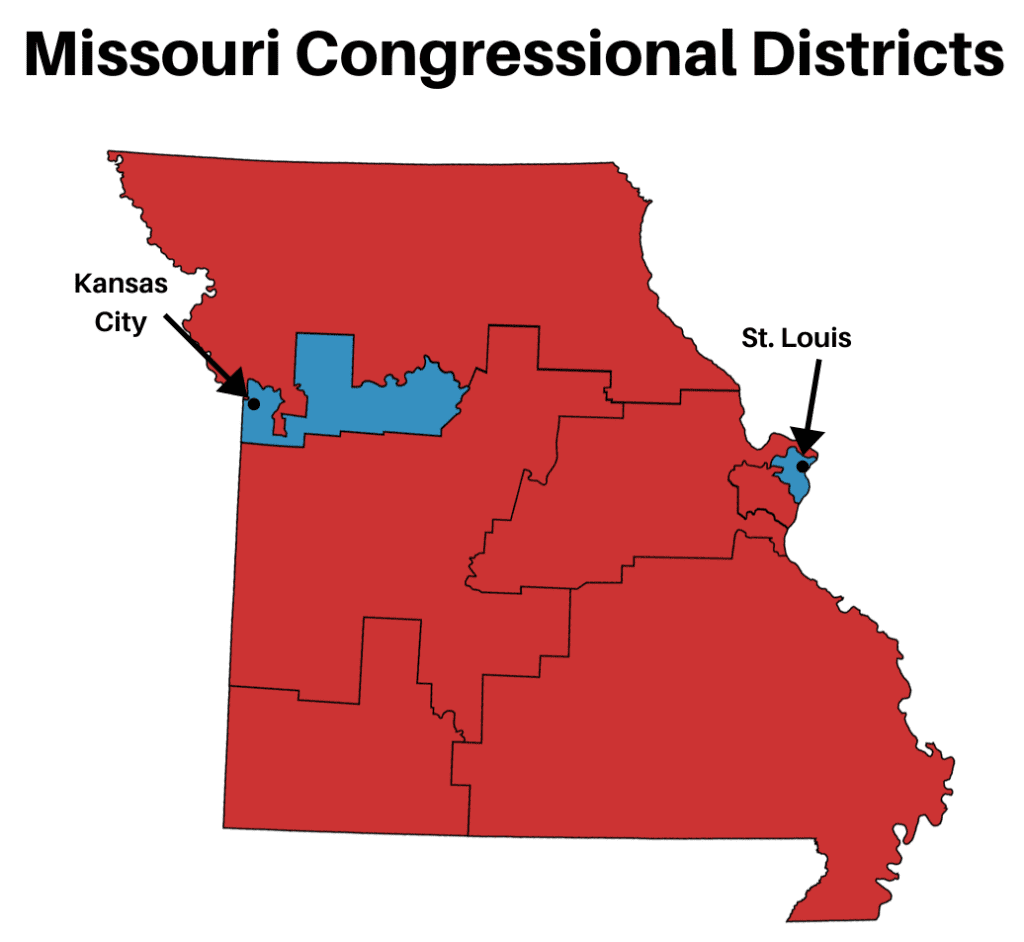
For now, though, Missouri Democrats are staring down one of their weakest positions in modern memory. Losing the 5th District changes the political math dramatically. What was once a secure Democratic seat now becomes fractured across multiple Republican-leaning districts. It will force Democrats to compete in areas where the numbers are stacked against them, while Republicans can enjoy the security of knowing they’ve expanded their advantage.
Public reaction has been swift, with many Missourians expressing both frustration and excitement depending on which side of the aisle they sit. Supporters of the map see it as a victory for conservative values, while opponents view it as an erosion of democracy. Social media lit up with fiery commentary, and advocacy organizations are already hinting at legal filings. The coming months will determine whether the courts step in or whether the new map holds for the 2026 midterms.
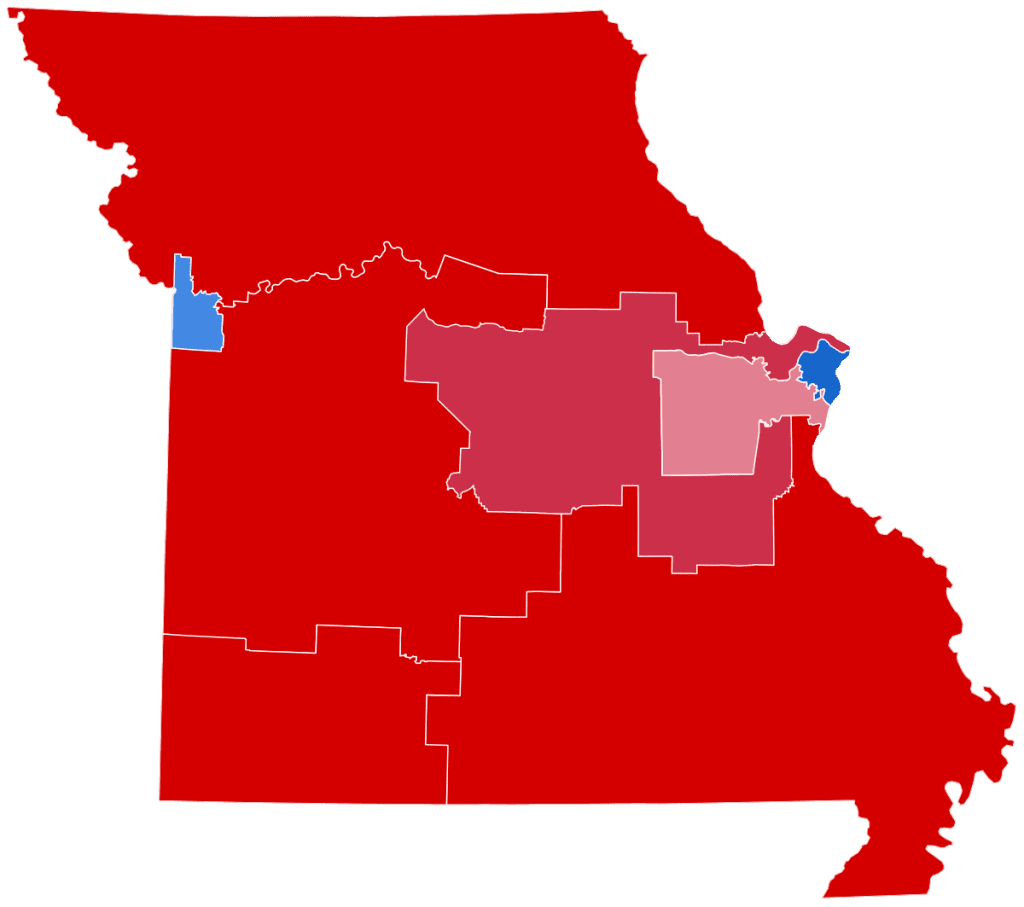
Whatever happens, this is more than just lines on a map. It is about the very core of how representation works, who gets a voice, and how much power one party can consolidate through redistricting. Missouri has just become the latest flashpoint in a fight that shows no signs of slowing down.
